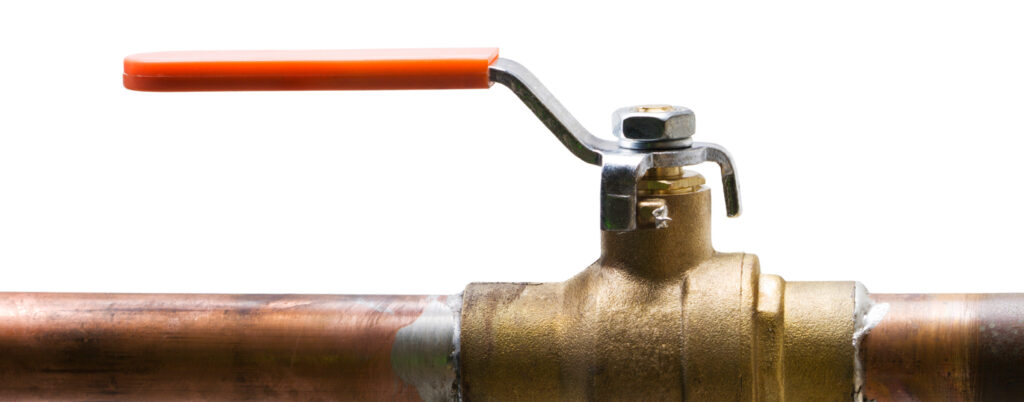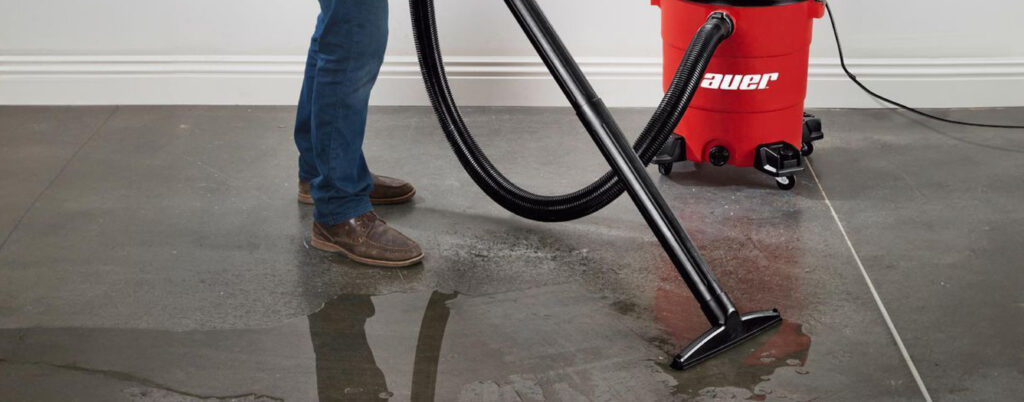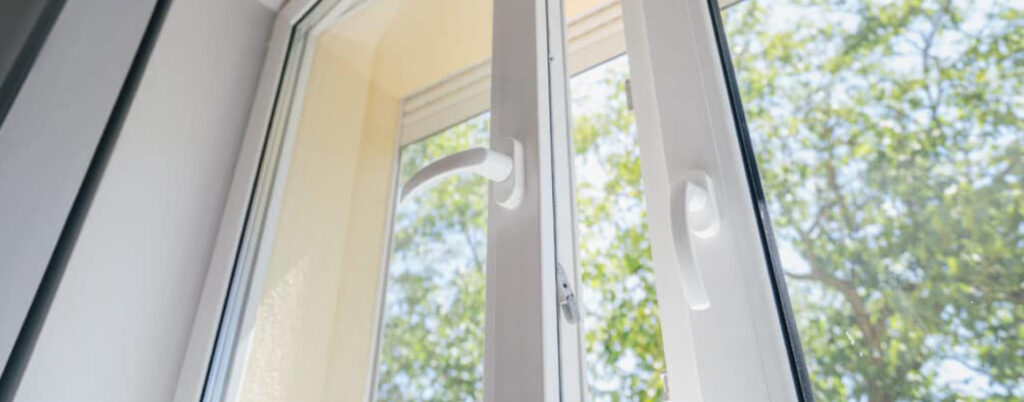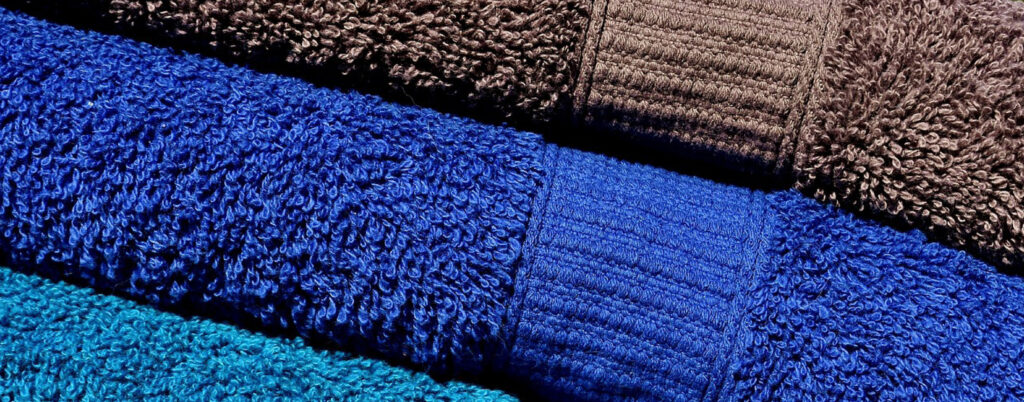
How to Start Drying Out a Room with Water Damage
When you discover water in your home, you should call for professional help right away. Water damage is considered an emergency, which is why most water damage restoration companies offer 24/7 services. However, it may take a couple hours for help to arrive, depending on your restoration company’s response time.
Until the pros get there, you may want to start drying out the space yourself. Let’s talk about some techniques to help you get the drying process started.
Turn Off Main Water Valve
First thing’s first, if you have an active water leak, shut off your main water valve. If you’re not sure where to find this, it’s usually located in your basement nearest to the exterior wall that faces the street. Don’t have a basement? It may be near your hot water heater or in your garage.
Once you’ve found the valve, turn it clockwise to shut your home’s water off.
You may or may not know where the water leak is coming from. If you can’t, that’s okay as long as the water is turned off.

Use a Shop Vac
To start removing standing water from your home, you can use a shop vac to suck it up. Shop vacs are also known as wet/dry vacuums and are safe to use on water.
However, you should only plug shop vacs into GCFI (ground fault circuit interrupter) outlets. These are the outlets with ‘test’ and ‘reset’ buttons that you’d find in a bathroom, kitchen, laundry room, or garage. They are designed to protect you from electrocution or burns if electrical equipment comes in contact with water.

Set Up Fans
You’ll want to find every fan you have and perhaps borrow some from a neighbor, friend, or family member as well. Set up every fan that you can in the spaces that have moisture. However, it is not recommended to plug fans into power strips or extension cords, as they can’t supply the power a fan needs. This can lead to malfunctioning or overheating.
You can also turn on your ceiling fan if you have one in the space that is wet.

Open Windows
Open up as many windows as you can to help get air moving throughout your house. Mold grows and thrives in humid environments, so getting a good air flow will help alleviate the humidity in the air.

Lay Out Bath Towels
You can also use bath towels to help soak up any remaining moisture. You may want to borrow extra towels from neighbors, friends, or family if you don’t have enough to cover the area that is wet. Make sure any towels you use get a good wash after you’re done.

Why is the Drying Process So Important?
Water damage is nothing to mess around with. If you discover significant moisture inside your home, it’s absolutely crucial that you get it dry as soon as possible to prevent further damage. Again, water damage inside your home is considered an emergency and it requires an immediate response.
Risks of Not Fully Drying Out the Space
Not fully drying out the moisture inside your home can lead to major issues that leave your home uninhabitable, such as mold, bacteria, wood rot, structural deterioration, bug infestation, and electrical damage. You can read more about each of these here.
To help prevent these issues, you can get the drying process started as soon as you discover moisture in your home. However, keep in mind that the techniques mentioned above may not be enough to effectively remove all the moisture in your home. Be sure to call for professional help as soon as possible.
Click the subscribe button below to be the first to see our new blog posts! One to two times a month, you’ll receive tips and tricks for home maintenance and disaster prevention.
